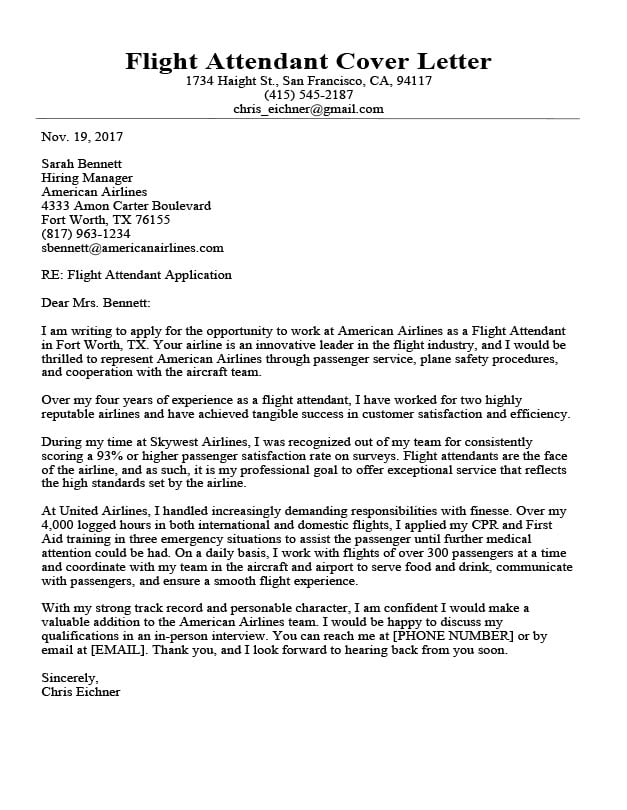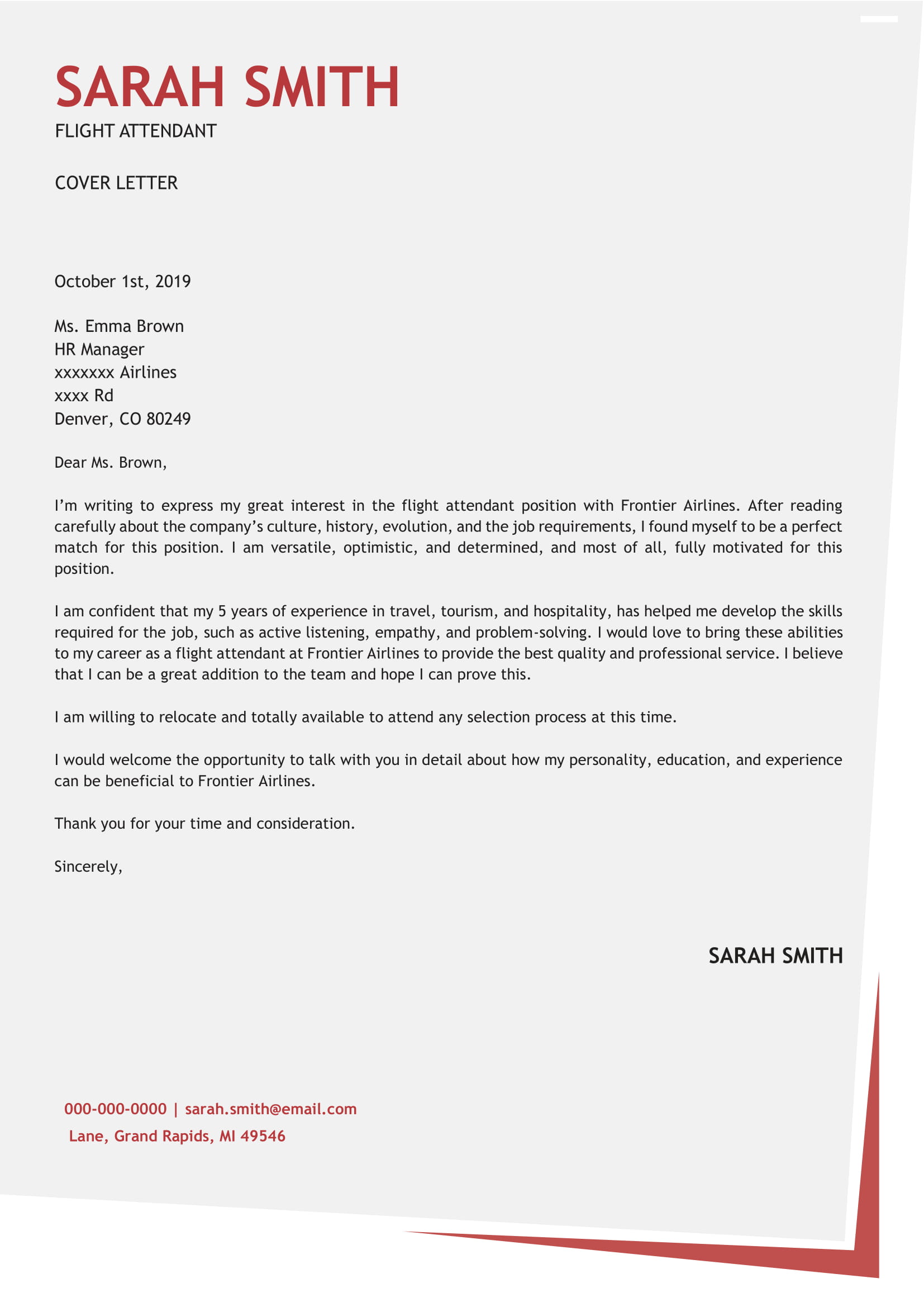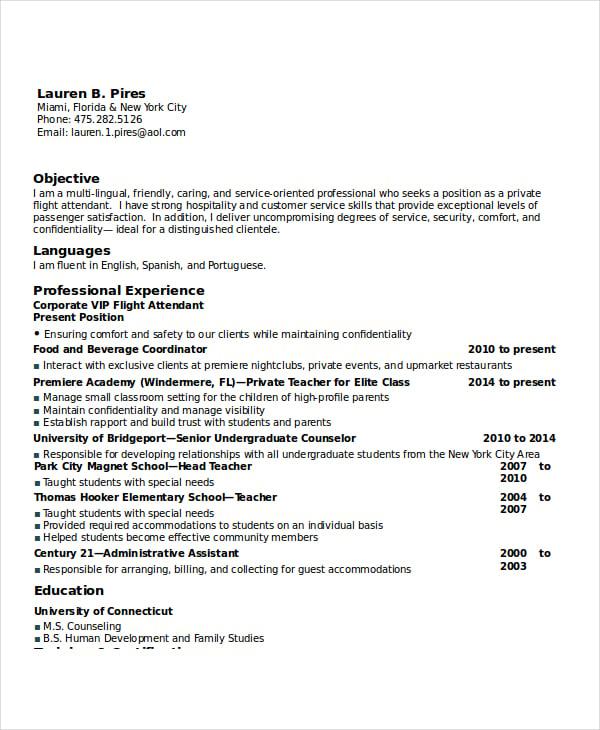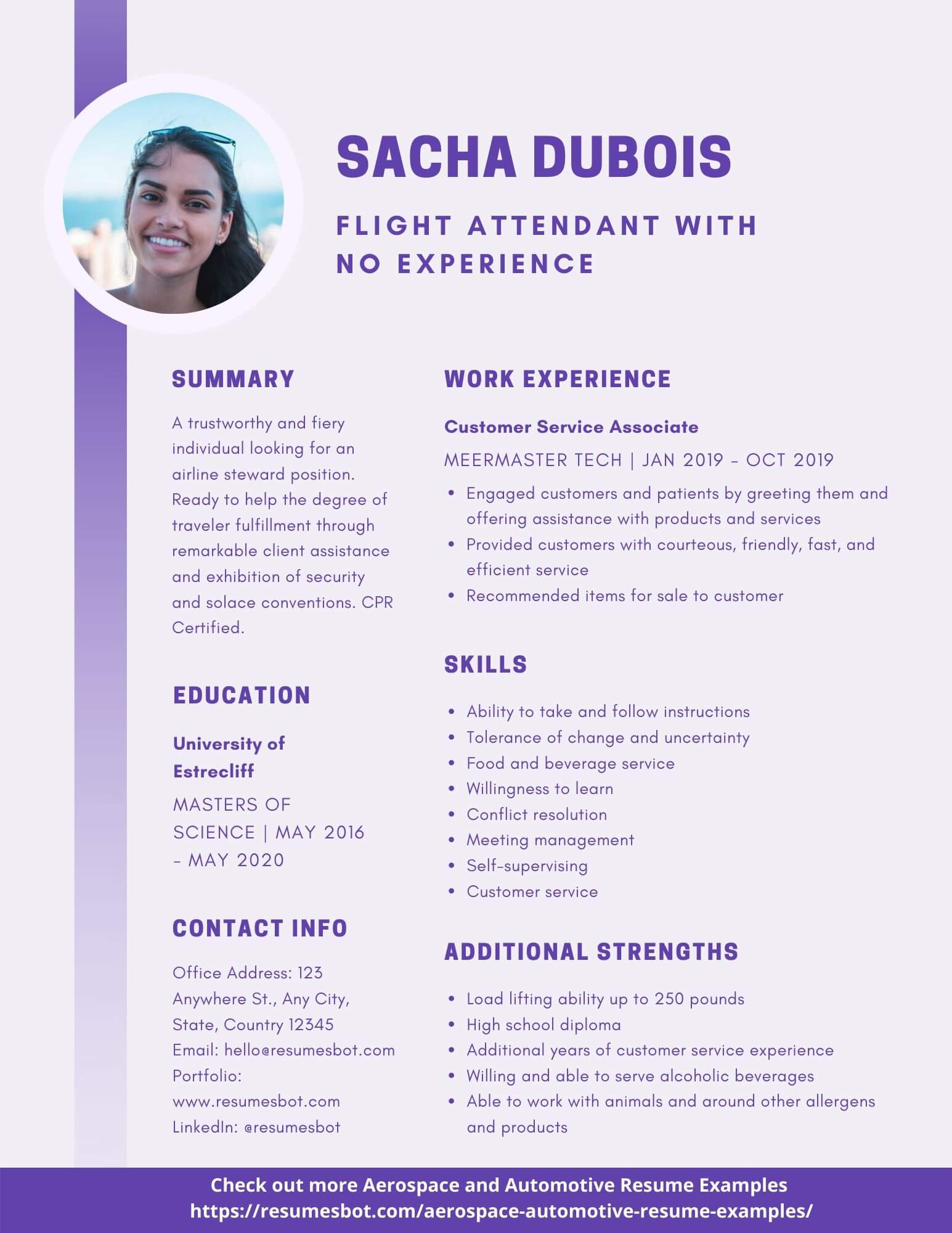✈️ Nail Your Flight Attendant Interview with the STAR Method
Mastering the STAR Method for Flight Attendant Interviews
If you’re preparing for a flight attendant interview, chances are you’ll face behavioral interview questions—the kind that start with “Tell me about a time when…” These questions help airlines understand how you’ve handled real-life situations in the past, especially when it comes to customer service, teamwork, and problem-solving.
To answer these questions effectively, the airline industry relies on a tried-and-true formula called the STAR method. And if you want to stand out, you’ll need to master it.
What Is the STAR Method?
STAR stands for:
- S = Situation – Set the scene. What was going on?
- T = Task – What was your role or responsibility?
- A = Action – What specific steps did you take?
- R = Result – What was the outcome, and what did you learn?
This method helps you tell a clear, structured story that showcases your skills and professionalism. Airline recruiters love it because it shows how you think on your feet, manage stress, and interact with others—all crucial traits for a successful flight attendant.
How to Prepare STAR Answers for Your Interview
Preparing for STAR doesn’t mean memorizing a script. It means reflecting on your past and identifying moments that highlight your strengths. Here’s how to get ready:
- Study the job posting – Identify qualities airlines are looking for: safety-focused, team player, excellent customer service, calm under pressure.
- Think of relevant experiences – You can use examples from retail, hospitality, school, or volunteer work. It doesn’t have to be airline-specific.
- Write out your STAR stories – Make sure each one has a beginning, middle, and end using the STAR framework.
- Practice saying them out loud – This will help you sound natural and confident during your interview.
- Focus on your actions – Use “I” statements and highlight what you did to solve the problem or help the situation.
Example STAR Answer
Question: Tell me about a time you had to deal with a difficult customer.
S: I was working as a server during the busy holiday season at a restaurant.
T: A customer became upset because their food was delayed and started raising their voice.
A: I stayed calm, sincerely apologized, offered them a complimentary drink, and checked in with the kitchen to prioritize their order.
R: The customer calmed down, thanked me for handling the situation professionally, and even left a generous tip. I learned the value of empathy and staying solution-focused under pressure.
Final Thoughts
The STAR method is your secret weapon for flight attendant interviews. With just a little preparation, you can walk into the interview ready to impress with clear, confident answers that show exactly why you’re right for the skies.
Now go polish those stories—and get ready to soar. ✈️







:max_bytes(150000):strip_icc()/2060130v1-5bb4c16ac9e77c0026393e78.png)











